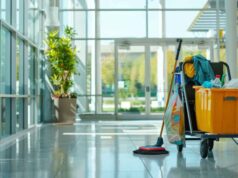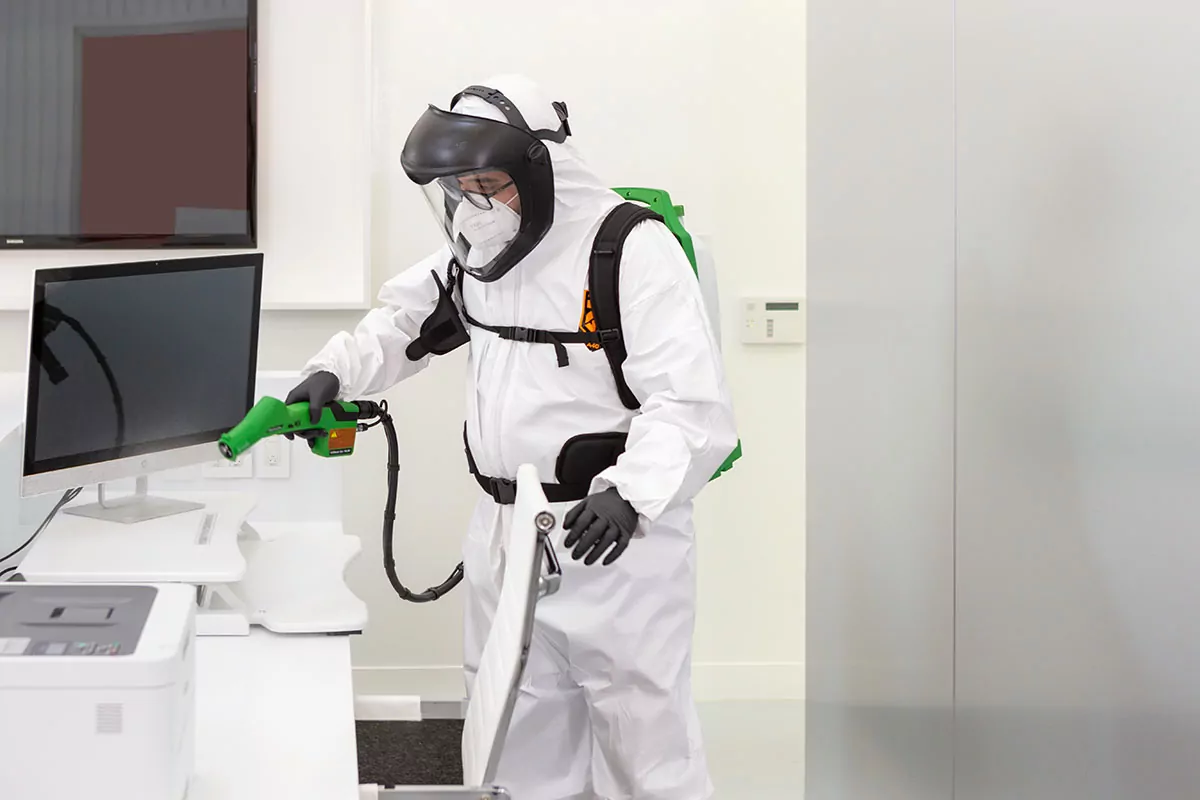
In today’s world, understanding the science behind germs and their transmission is more crucial than ever. Germs, or pathogens, include viruses, bacteria, fungi, and other microorganisms that can lead to various illnesses. These organisms can linger on surfaces for hours, days, or even weeks, depending on the type and environment. For instance, the norovirus can survive on surfaces for up to two weeks, making it particularly notorious in communal settings.
Disinfection plays a pivotal role in interrupting the chain of infection. It involves the use of chemical agents to reduce the number of microorganisms on surfaces to levels that are considered safe. The difference between cleaning and disinfecting is significant; while cleaning removes dirt and impurities, disinfecting targets the pathogens that can cause illness.
Various studies have evidenced that regular disinfection not only lowers the incidence of illness but also enhances employee morale. Healthy employees are more productive and take fewer sick days, thereby positively impacting a company’s bottom line.
Protecting Your Employees ─ The Hidden Costs of Neglect
The costs associated with neglecting disinfection can be staggering. Businesses often overlook the potential implications of employee absenteeism due to illnesses that could be mitigated through regular disinfection practices.
According to the Centers for Disease Control and Prevention (CDC), U.S. businesses lose approximately $225.8 billion annually due to lost productivity from employee sick days. The staggering costs of even short-term absences accumulate from not only lost individual productivity but also the strains placed on remaining staff, who may be required to pick up the excess workload.
Furthermore, companies with poor hygiene practices not only face financial losses but also reputational risks. Customers are increasingly aware of health standards and often choose their service providers based on cleanliness. A poorly maintained facility can lead to customer distrust, leading to a significant loss of clients and revenues. Hence, the investment in professional commercial disinfection services is not just about maintaining cleanliness; it’s a strategic move for health and financial prosperity.
Beyond Clean ─ Creating a Healthy Work Environment
The concept of cleanliness has evolved into holistic health and wellbeing. Employees today seek workplaces that actively promote their health, and proper disinfection contributes significantly to this goal. A comprehensive approach to disinfection looks beyond just cleaning high-touch surfaces; it encompasses the comprehensive treatment of air quality, moisture control, and overall cleanliness of a facility.
Implementing professional disinfection services ensures that workplaces are not only aesthetically pleasing but also contribute significantly to the physical health of employees. Employers should focus on creating an environment that minimizes the risk of infections and enhances overall employee satisfaction and productivity.
Utilizing methods such as HEPA filtration systems can ensure that indoor air quality meets high standards, while disinfecting high-traffic areas regularly can create a perception of care and attention to employees’ health. This, in turn, fosters a sense of trust and loyalty within the workforce.
Choosing the Right Commercial Disinfection Service
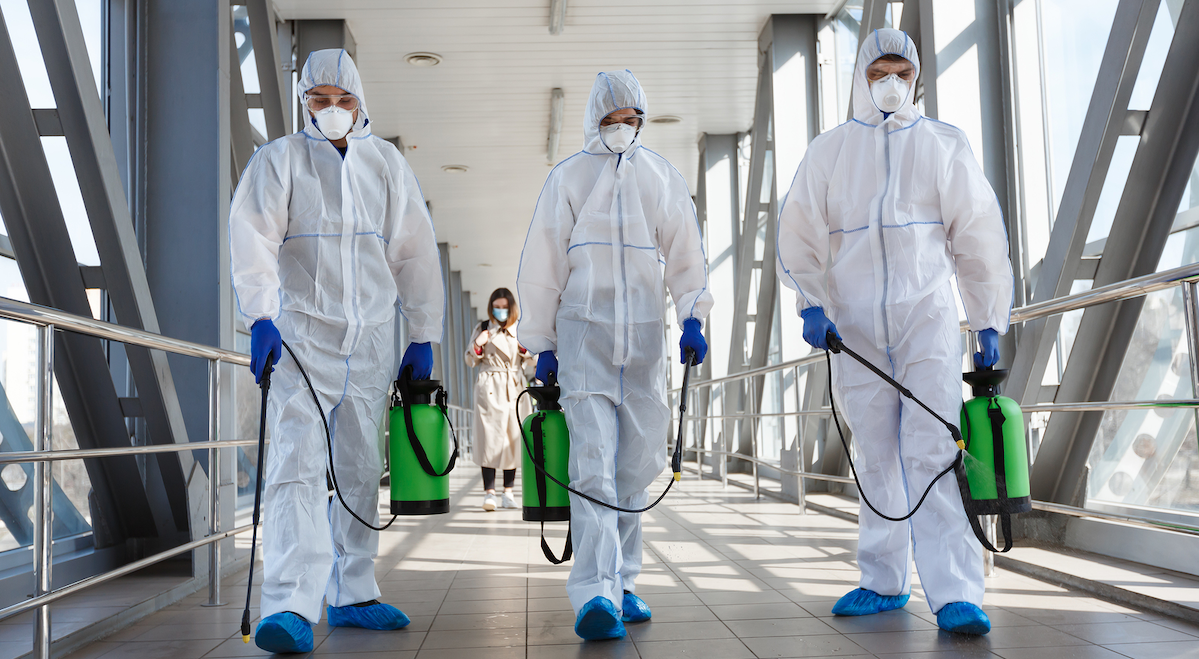
What to Look For ─ Key Qualities of Professional Disinfection Companies
Partnering with the right commercial disinfection service can be a daunting task, given the myriad options available. Businesses should look for companies that adopt a comprehensive approach to disinfection where their procedures are based not only on industry standards but also tailored to meet the specific needs of various environments. A reputable disinfection service will possess certifications from recognized bodies, indicating their adherence to safety and efficacy standards.
Moreover, it is essential to examine the experience and expertise of the service provider. Companies that have been in the industry for an extended period often have a depth of knowledge regarding the efficacy of various disinfectants and techniques. Inquire about the training procedures for staff, as well-trained technicians are crucial for successful disinfection practices.
Also, a good service provider will be transparent about the products they use, ensuring they comply with guidelines from the Environmental Protection Agency (EPA) and are safe for both human health and the environment. It’s essential to select a service that uses EPA-approved disinfectants, especially those effective against a broad spectrum of pathogens.
Understanding Different Disinfection Techniques ─ Which is Best for Your Business?
The landscape of commercial disinfection is varying, with several techniques available that may suit different business needs. Traditional cleaning methods include spraying, wiping, and mopping; however, these methods may not effectively eliminate all pathogens. For improved efficacy, businesses can adopt advanced techniques such as electrostatic spraying or fogging.
Electrostatic sprayers charge disinfectant particles so that they adhere evenly to surfaces, allowing for comprehensive coverage, particularly on complex shapes and hard-to-reach areas. Fogging, on the other hand, disperses liquid disinfectants into small droplets that settle on surfaces, making it an effective method for large spaces. Both techniques reduce the time taken for disinfection while enhancing its effectiveness.
Besides these, UV-C light disinfection technology is gaining traction for its ability to inactivate viruses and bacteria on surfaces without the use of harsh chemicals. It leverages short-wavelength ultraviolet light to disrupt the DNA or RNA of pathogens, making it an appealing option in environments focused on sanitization, like healthcare facilities.
Each business should assess its unique requirements and operational complexities when selecting the best disinfection technique. Consulting with a professional service can provide valuable insights into the most effective methods for specific settings.
Questions to Ask ─ Ensuring You Hire a Reliable Service
When evaluating potential disinfection services, certain questions can clarify whether a company is a suitable partner for your business. Start by asking about their cleaning protocols: “What specific steps do you take to disinfect high-touch surfaces, and how often?” Understanding their frequency of service and approach reveals their commitment to maintaining a healthy environment.
Inquire about the products they use: “Are your disinfectants EPA-approved and safe for all employees, including those with allergies or sensitivities?” This showcases the service’s dedication to health and safety. Furthermore, ask for client references and testimonials to assess the provider’s history and reputation in the industry.
Health and safety training should be another focal point: “What kind of training do your employees undergo to guarantee effective and safe disinfection techniques?” A qualified crew should possess knowledge of best practices and be familiar with the latest in disinfection technologies. After addressing these inquiries, businesses can make an informed decision on a service provider who not only meets but exceeds their disinfection expectations.
Tailoring Disinfection Solutions to Your Industry
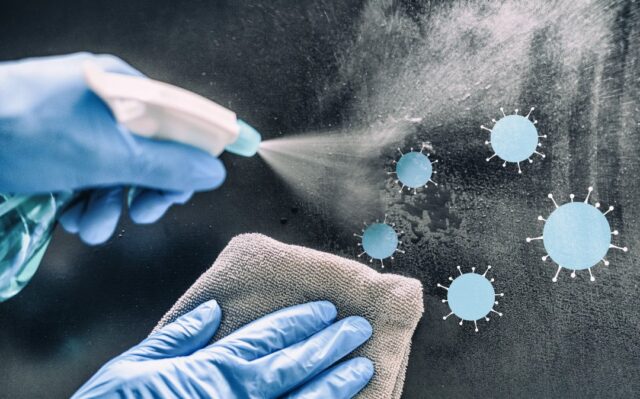
Retail and Hospitality ─ Keeping Customers Safe and Happy
In retail and hospitality, the customer experience relies heavily on cleanliness and sanitation. Customers now scrutinize businesses not just for product quality but also for hygiene practices. Establishments such as hotels, restaurants, and retail stores must offer an immaculate environment to foster trust. Implementing rigorous cleaning and disinfection protocols is not just recommended but essential to operational success.
Businesses should consider adopting continuous disinfection practices, especially in high-traffic areas where the likelihood of pathogen transmission is elevated. Training staff to frequently sanitize shopping carts, tabletops, and public restrooms can shield employees and patrons from potential outbreaks.
Moreover, visible signs indicating regular sanitation can enhance customer confidence, reassuring them that the establishment prioritizes their health and safety. Additionally, the use of technologies such as contactless payment systems can minimize points of contact, further enhancing safety in the customer journey.
Healthcare Facilities ─ A Non-Negotiable Standard of Cleanliness
In healthcare facilities, the stakes are significantly higher regarding cleanliness and sanitation. Hospitals, clinics, and other medical establishments face immense pressure to maintain sterile environments due to the vulnerability of the patients they serve. Disinfection procedures in healthcare settings demand strict adherence to protocols established by authoritative bodies like the CDC and the World Health Organization (WHO).
Beyond routine cleaning practices, healthcare facilities utilize advanced disinfection technologies, including ultra-fine mist spraying and ultraviolet disinfection. The Center for Medicare and Medicaid Services dictates stringent regulations regarding disinfection, which healthcare providers must follow to prevent healthcare-associated infections (HAIs).
It’s also critical for medical establishments to engage in regular audits to ensure compliance and continually assess the efficacy of their sanitation practices. Providing a safe environment for patients is not only a legal obligation but also fundamental to delivering quality care.
Office Spaces ─ Strategies for Effective Disinfection
In office settings, disinfection strategies should address the unique aspects of the workforce. Open floor plans, shared spaces, and communal equipment present unique challenges regarding germ transmission.
Business owners should establish and enforce disinfection policies that outline cleaning regimes for shared workstations and meeting rooms. Employing a professional disinfection service to manage these tasks can relieve the burden from employees, allowing them to focus on their work while knowing their health is prioritized.
To further enhance office hygiene, companies can adopt additional measures such as installing hand sanitizing stations and promoting good hygiene practices among employees. Regularly communicated reminders about personal cleanliness can foster a collective responsibility toward maintaining a healthy workspace.
Additionally, the arrangement of the office should consider factors such as airflow and natural light to contribute to a healthier atmosphere, while utilizing green cleaning products can help minimize toxicity in the work environment. When employees feel cared for and secure in their health, their productivity and engagement levels enhance significantly.
The Future of Disinfection ─ Innovations to Watch
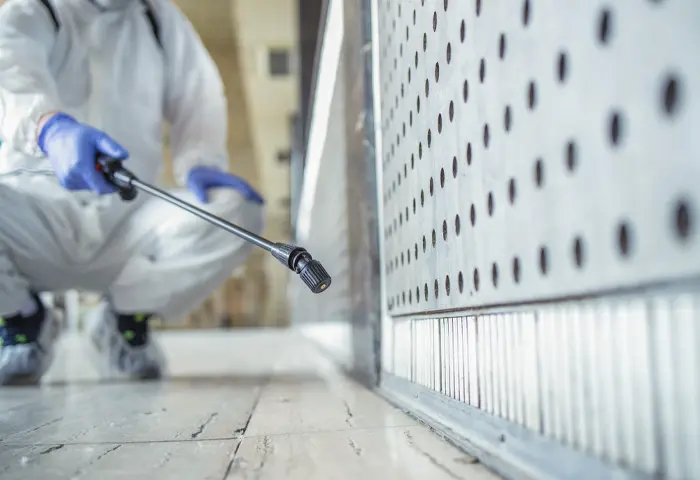
Green Disinfection ─ Eco-Friendly Solutions for a Sustainable Future
The growing demand for sustainable practices is steering the disinfection industry toward developing eco-friendly cleaning solutions. Businesses are becoming increasingly cognizant of their environmental impact, including the potential health repercussions associated with chemical residues in conventional cleaners.
As a result, there is a shift toward green disinfection products that utilize natural ingredients and methods that are safe for humans and the environment.
These eco-friendly alternatives still maintain disinfectant efficacy while reducing the chemical load in workplaces. Companies are now sourcing plant-based disinfectants that provide antimicrobial protection without the harsh side effects of traditional chemical-based products. Embracing these greener options not only helps to reduce the ecological footprint of a business but also positions it as a socially responsible company in the eyes of consumers.
Technology in Disinfection ─ How UV-C and Electrostatic Spraying Are Changing the Game
Technological advancements profoundly shape the landscape of commercial disinfection. Technologies, such as UV-C light disinfection and electrostatic spraying, are increasingly embraced for their efficiency and effectiveness. UV-C light disinfecting employs short-wave ultraviolet rays that penetrate the outer structure of pathogens, effectively destroying their ability to reproduce and rendering them harmless.
Electrostatic spraying utilizes specially designed sprayers equipped with charged particles, allowing disinfectants to adhere to various surface areas uniformly, ensuring comprehensive coverage that traditional methods may miss. Both techniques not only save time but also enhance disinfection efficacy, making them highly sought after in industries that prioritize cleanliness.
Moreover, advancements in automated and robotic cleaning systems are set to revolutionize how businesses approach sanitation. These technologies can operate continuously and effectively, keeping environments sanitary with minimal human intervention. Implementing such tech-driven solutions addresses the growing concerns around personnel safety as workplaces navigate the post-pandemic landscape.
Staying Ahead ─ The Evolution of Health Guidelines in Commercial Spaces
As workplace dynamics evolve, so too do the health guidelines governing them. Emerging threats, such as new strands of viruses, require businesses to stay informed about the latest health advice and incorporate adaptive practices into their disinfection strategies. Regularly reviewing and updating cleaning protocols to align with recommendations from health authorities will ensure that businesses are not only compliant but also prepared for future health challenges.
Continually educating employees about proper hygiene practices and reinforcing the importance of maintaining a sanitary environment will foster a culture of health that benefits everyone and positions the office as a leader in workplace wellness.
Organizations capable of adapting quickly to changing health guidelines will not only safeguard their workforce but also enhance their reputation as responsible entities in their industries. Implementing a proactive approach can free businesses from the reactive stance all too common in health and safety practices and solidify their position as leaders in ensuring public health within commercial spaces.


